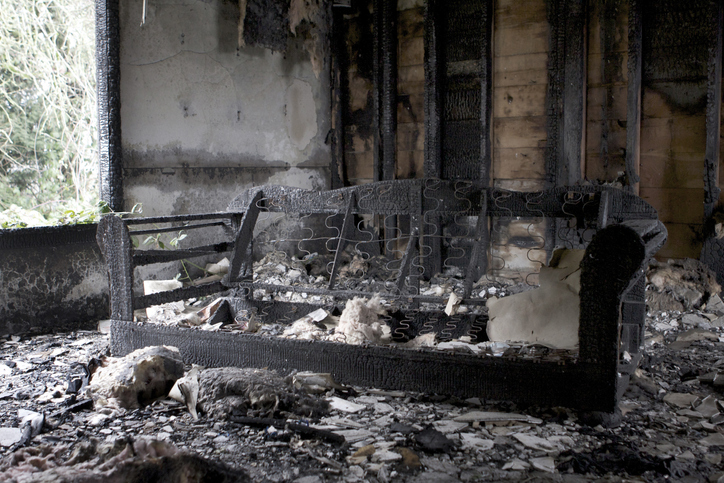We get a lot of questions about Replacement Cost coverage and how the depreciation or “holdback” claims work, which can be a little hard to understand. So, we wanted to provide some explanation about this sometimes confusing area of insurance.
Most insurance policies are typically written on a “Replacement Cost” basis. This means that for every item of covered personal property that gets damaged, the insurance company will pay you the amount it would cost, as of the date of loss, to repair or replace that property with material of like kind and quality.
Let’s say you have a nice sofa which you purchased 3 years ago, and it gets damaged in a house fire. The cost to replace that sofa with something similar in today’s marketplace would be $1,500. You submit your claim, and the insurance company promptly pays you $1,500 – right?
Not quite.
First, the insurance company deducts “depreciation” from the amount it immediately pays you. This depreciation is the “holdback” element that the insurance company reduces from the replacement cost based on the age, condition and item involved. The amount the insurance company pays you right away – i.e., the replacement cost minus the depreciation – represents the “Actual Cash Value” (ACV).
Can you recover the depreciation held back by the insurance company? Absolutely! But: you have to make a claim for it. To do so, you must: 1) submit your claim for depreciation within two years of the date of loss, and 2) provide receipts (or invoices) proving that you have replaced the damaged item.
Let’s return to our sofa example to attach some real-life meaning to these terms. The “replacement cost” of your sofa – in today’s market, with something of similar kind and quality – is $1,500. Because it’s 3 years old, however, the insurance company calculates the “depreciation” to be 30 percent, or $450. Deduct the $450 from the replacement cost of $1,500, and you get the $1,050 ACV – the amount the insurance company pays you (the policyholder/claimant) up front.
At SMW, we give our clients category file folders when we show up to do our inventory or when we meet with them at another time. We ask that when the homeowner makes any purchases to replace items damaged in their claim, they put those receipts into the folders under the category that applies. These include furniture, electronics, toiletries, clothing, bathroom items, etc. This makes it much easier to prepare the claim to recover the amount the insurance company withheld (in depreciation) for each personal property category, rather than item-by-item.
Some policies don’t have the Replacement Cost endorsement, and thus can only receive the depreciated value for personal property items. Some carriers offer “Deluxe Coverage”, which means they take no depreciation at all – but you pay for that in a higher premium. So, review your policy and check with your insurance agent to ensure you have it. And if you have to submit a claim for damaged personal property items, keep your receipts!!!




